OPT Inspection of Lithium Batteries for Tab Defects
High Resolution Optical Design for Clearer Images

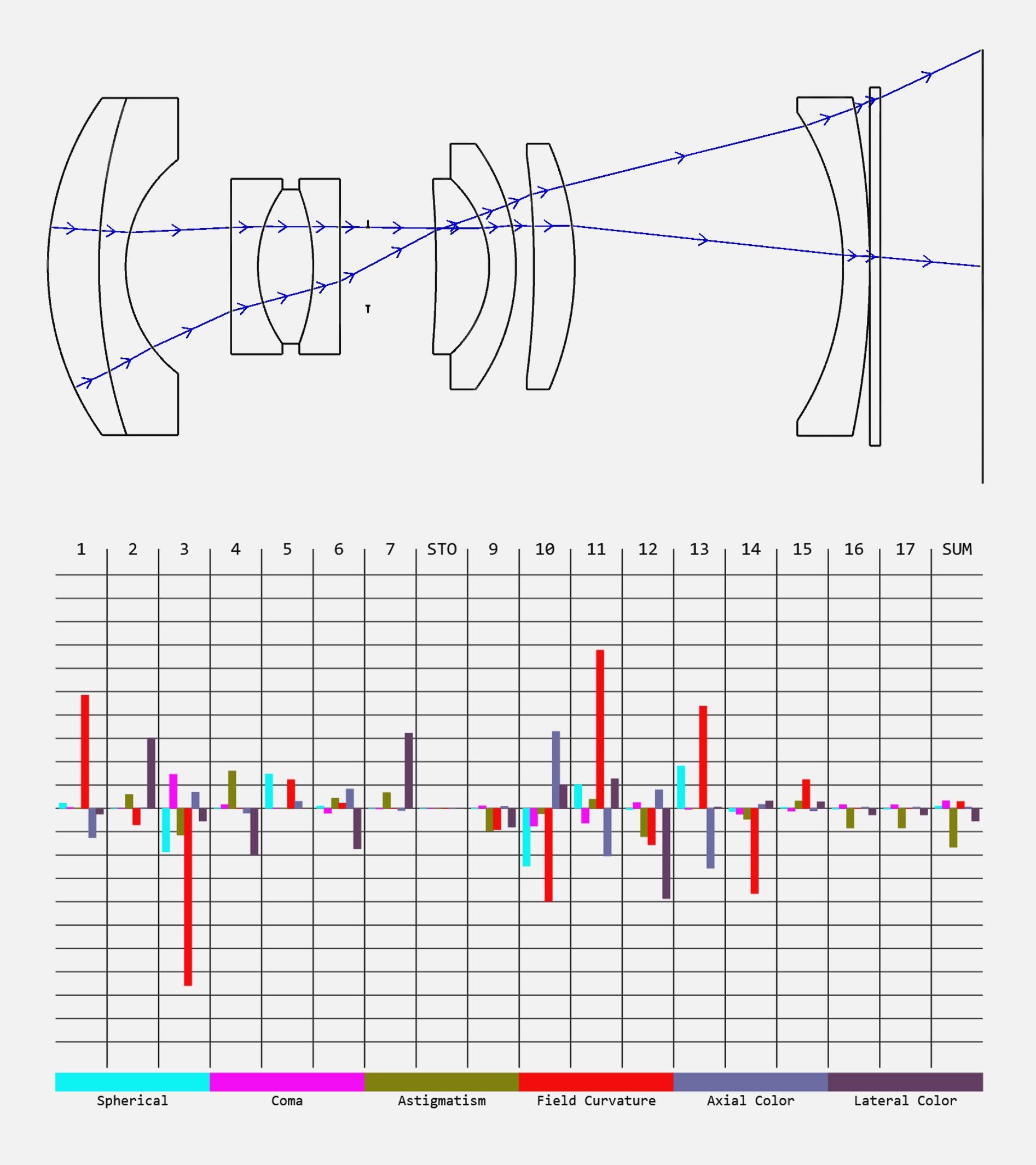
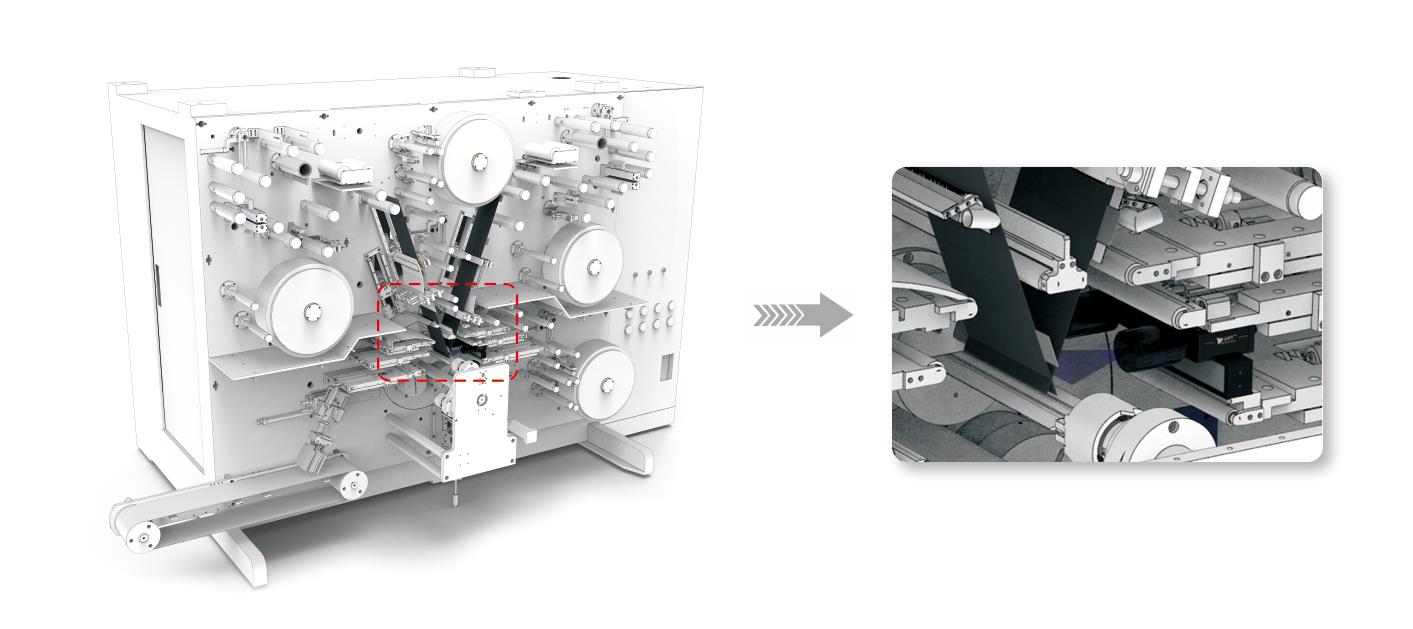
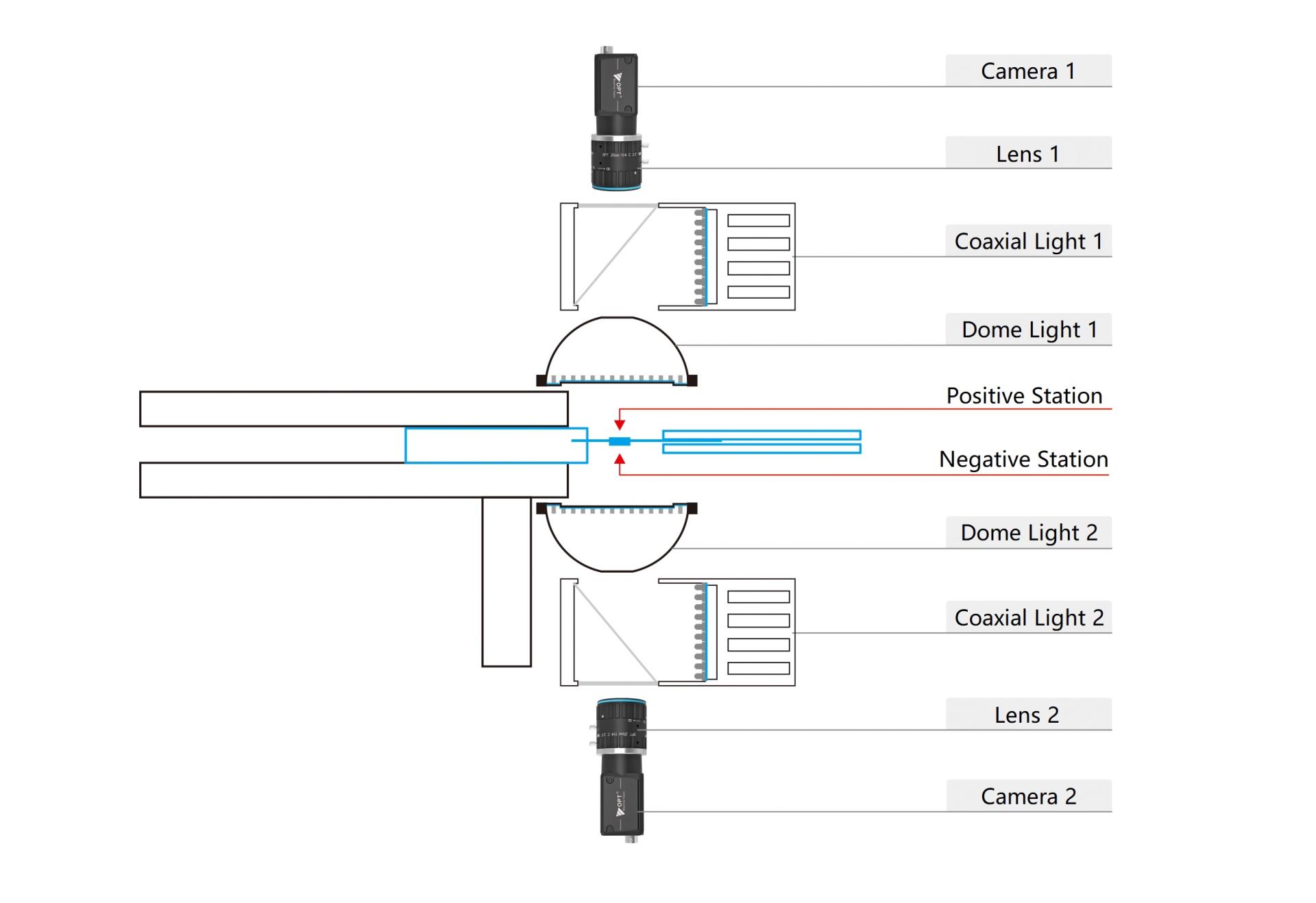
Deep Learning for Precise Extraction of Defect Features
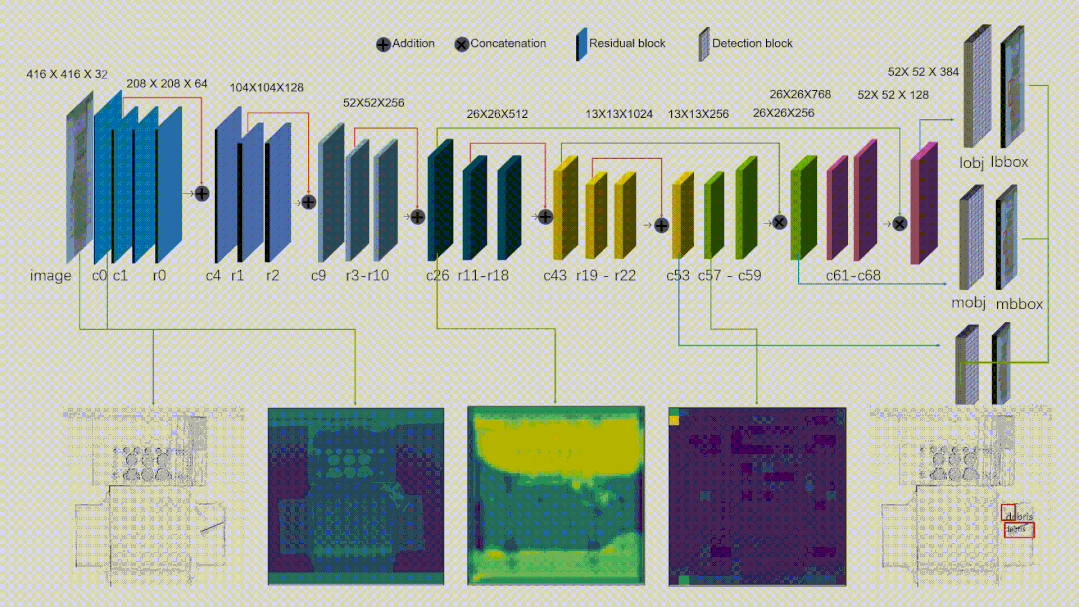

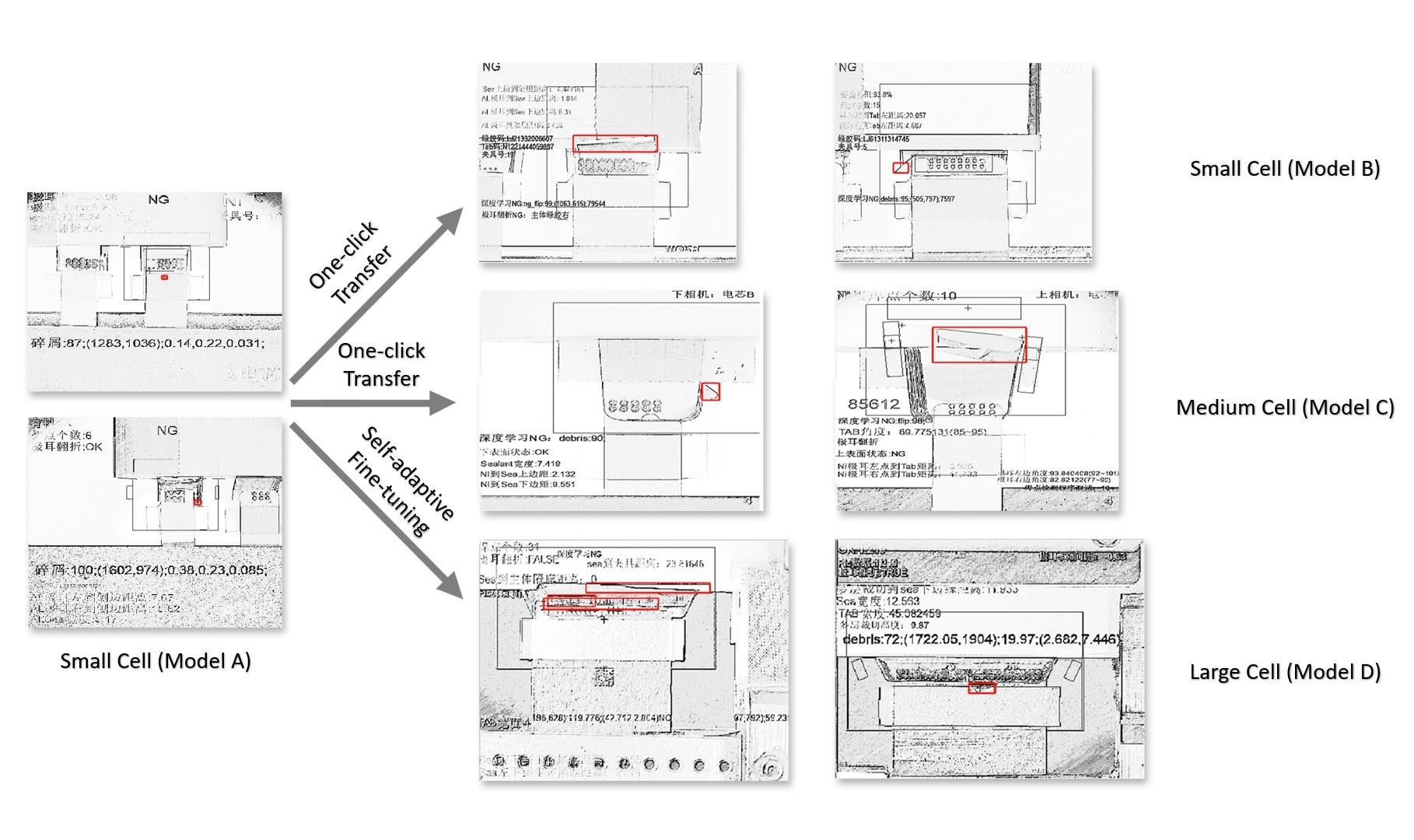
High Resolution Optical Design for Clearer Images




Deep Learning for Precise Extraction of Defect Features


